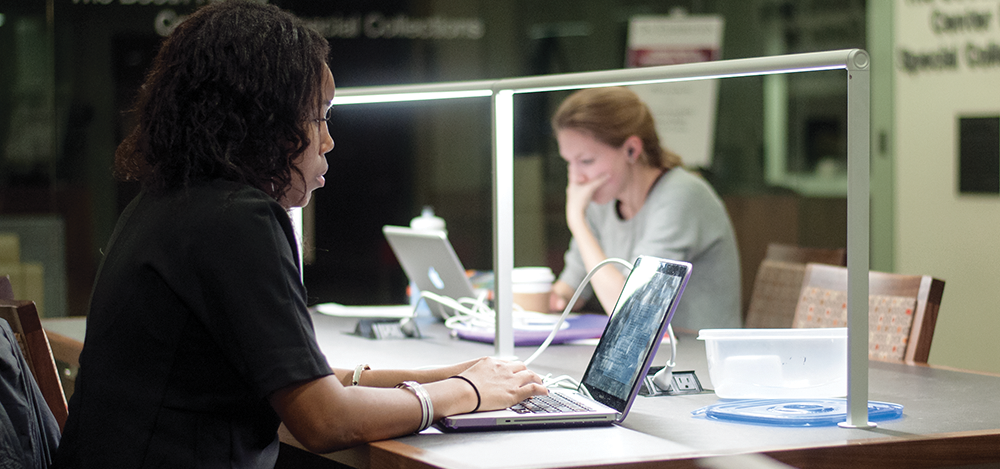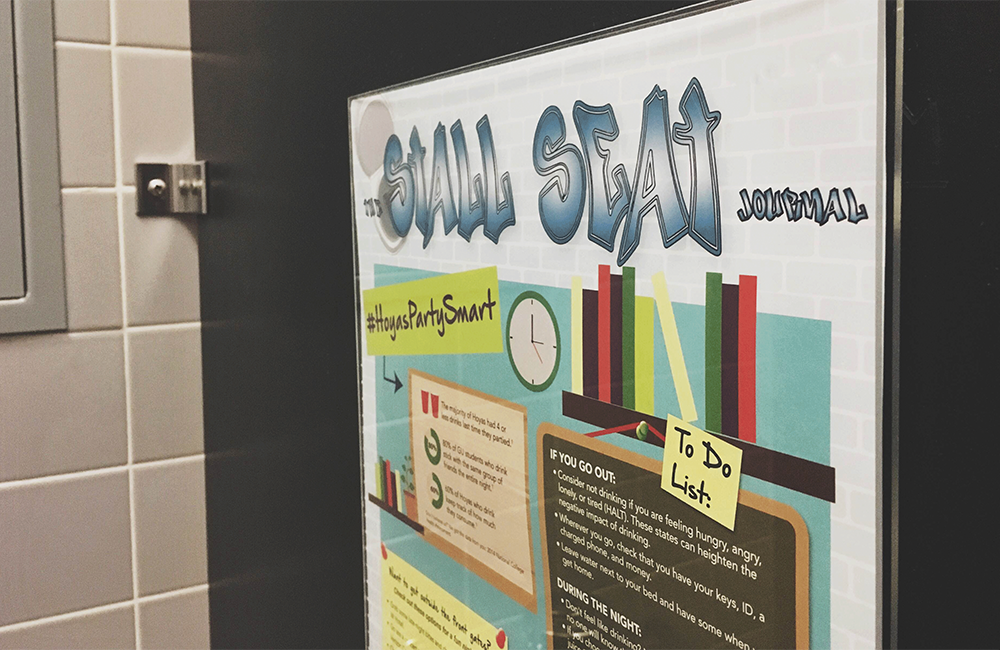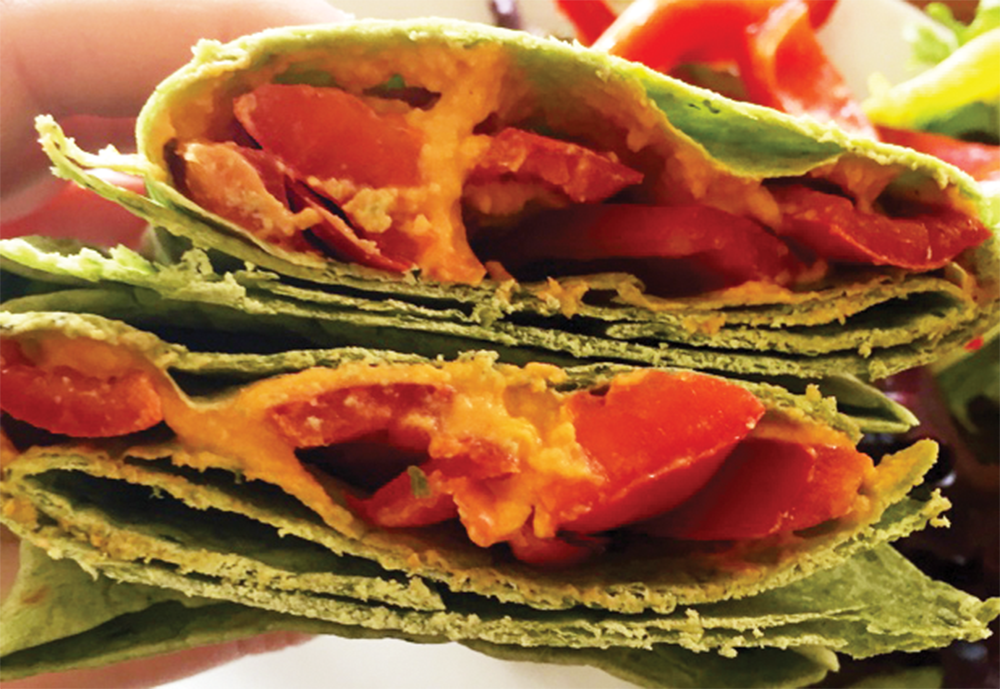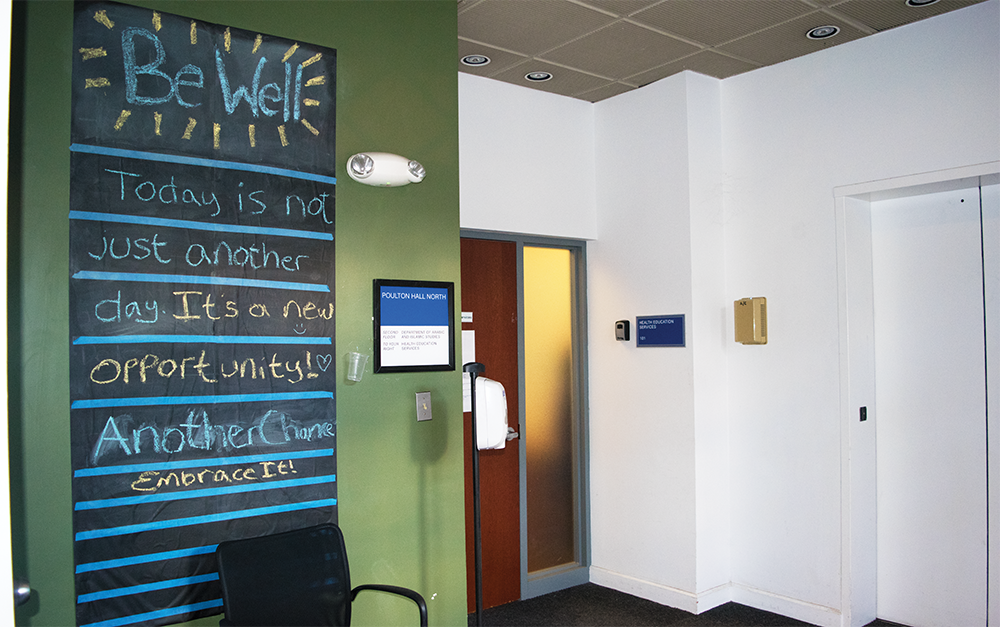
Allison Marco is the registered dietician at Georgetown. She offers insightful tips for leading a healthy lifestyle at school.
“How do I stay healthy on a college campus?”
This question, along with many others, is common among students transitioning from home to college, especially in their first year. For the first time, students are fully in charge of their diet and can often be overwhelmed with the abundance of choices on campus, new schedules and sleeping patterns, social responsibilities and more.
While it can be easy to choose convenient foods on the run or to order late-night pizza, it is important to consider healthier choices. The decisions that you make now and the habits you form will affect you in the long run, and there is no better time to start thinking about your health than the present. Eating well in college can help increase your energy and concentration as well as better your mood and sleep. Consuming a variety of nutrients helps prevent sickness and will help you reach your wellness goals.
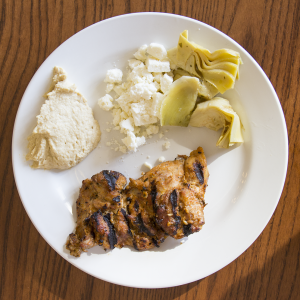
Luckily, there are many resources on campus focused on healthy eating and living, including Health Education Services, Counseling and Psychiatric Services and free nutrition-counseling services offered by O’Donovan Hall. There are many tips that can help you manage your nutritional intake here at Georgetown. Here are some of my own go-to recommendations for maintaining a healthy lifestyle.
Eating frequently throughout the day will help keep your blood sugar stable, which helps to regulate energy and mood. For best results, eat within one hour of waking up, which will jumpstart your metabolism and cause you to burn more calories throughout the day. Then, try to eat either a meal or snack every three to four hours. Aim for three meals and one to two snacks per day. This will help you feel satisfied longer and prevent overeating at meals.
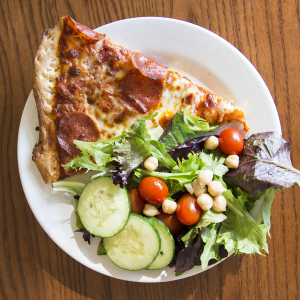
Make sure to balance protein and carbohydrates during every meal and snack. Carbohydrates are the main source of energy for your body, and protein helps you stay full and satisfied. Getting a balance of these two nutrients each time you eat will help regulate your blood sugar and keep your body content throughout your classes.
For snacks, try Greek yogurt, low-fat cottage cheese with fruit, a KIND or Kashi Chewy Bar, fruit with nuts or nut butters, or low-fat cheese with crackers or fruit. When deciding what to eat for a meal, the plate method is a good resource. This approach includes filling half of your plate with fruits and vegetables, a quarter of your plate with lean meats, a quarter of your plate with carbohydrates. You should also have a small portion of dairy on the side. These recommendations provide a good balance of protein, carbohydrates and healthy fats to keep you fueled and energized for a longer period of time.
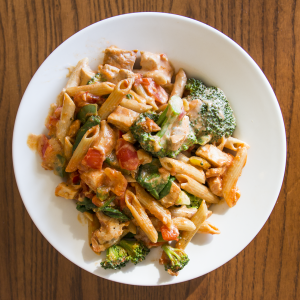
Next, make sure to listen to your body. Now you are making healthier choices, but how much of these healthy foods are you supposed to eat? Instead of listening only to the media and news about how much food you need, listen to your body. Your body will tell you when it is hungry, what it is craving and when it is full. Ask yourself, am I eating because I am hungry or because I am bored? If you are hungry, then eat, but if you are eating for other reasons, it is important to acknowledge that and to find something else to do.
Also, try to eat slowly. It takes 20 minutes for your stomach to tell your brain that it is full. Chew your food thoroughly and take the time to savor and taste your meal. Eat until you feel comfortable and satisfied, not excessively full. Know that you can eat again later. If you are at a restaurant, take your leftovers to-go.
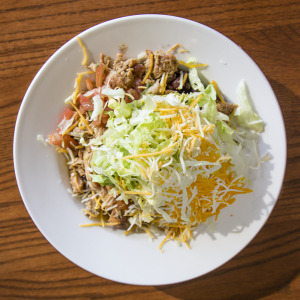
When you are at the buffet-styled Leo’s, mastering healthy eating can seem challenging, but there are many nutritious options —all it takes is a little creativity! The first thing you should do upon entering the dining hall is survey your options. What healthy items are available and how can you put together a balanced meal? Think about the plate method and how you can make a healthy plate while still eating foods that you enjoy. The key is to make healthy, nutritious foods the majority of your diet, while enjoying “fun” foods in moderation. This is not only applicable at Leo’s, but anytime you eat!
Overall, healthy living on campus is about getting a good balance of exercise, a healthy diet, reduced stress and adequate sleep. For more information, seek out campus services and take advantage of the abundant resources available to you.




